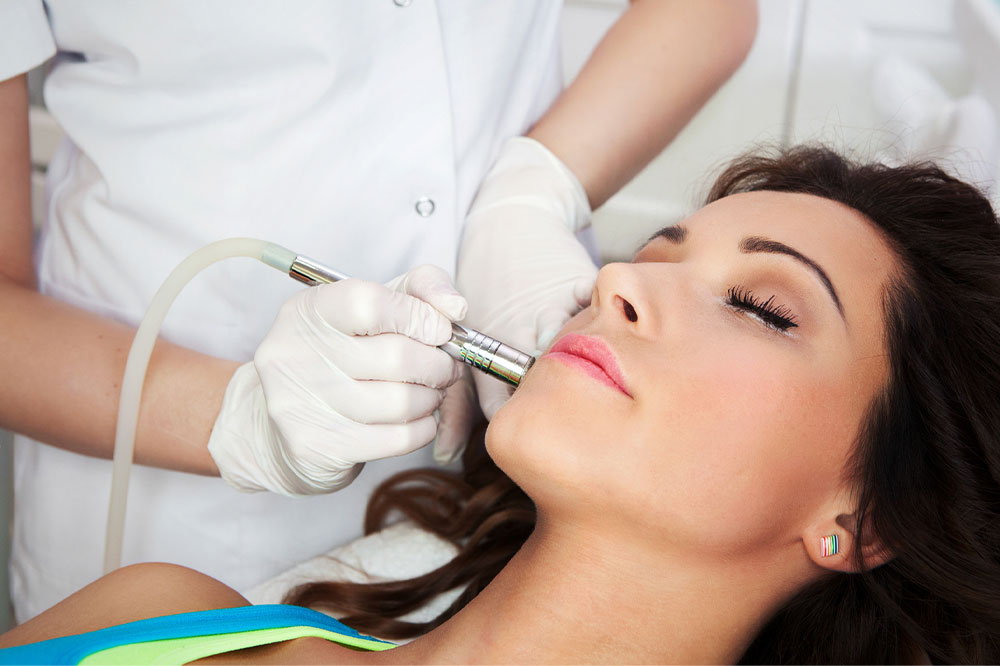
6 things to know about laser resurfacing for acne scars
As if active breakouts aren’t frustrating enough, the scars acne leaves behind can feel downright traumatic. Studies show that about 95% of people who have acne develop some amount of residual scarring. If you’ve tried different methods to get rid of those annoying scars but nothing seems to work, laser resurfacing might be your best option. It’s a procedure that uses a laser device to treat facial flaws and improve skin appearance.
Want to know more about the procedure? This article highlights various aspects of laser resurfacing for acne scars.
How it works
The recent advancements in laser technology have given dermatologists more control and made treatment more precise and effective. Laser resurfacing works by sending short, concentrated beams of laser energy into areas with acne scars and skin irregularities. The heat from the laser removes the top layer of skin, revealing the smoother layer underneath and encouraging the growth of new, healthy skin cells. As a result, the appearance of the scar diminishes. There are different kinds of lasers for different issues and skin types. Let’s briefly discuss some common types of lasers:
- CO2 lasers
These are typically ablative lasers, meaning they work by removing the top layer of the skin. CO2 lasers can treat scars, warts, wrinkles, and other deeper skin flaws. - Pulsed-dye lasers
These are generally non-ablative lasers, meaning they work by stimulating collagen production and encouraging new cell growth. - Fractional lasers
These can be ablative or non-ablative and work by diving laser energy into thousands of tiny beams to treat a portion (or fraction) of skin at a time.
Risks and side effects
Like any medical procedure, laser resurfacing for acne scars comes with risks and side effects. The most common side effects include swelling, redness, and pain at the site of treatment. These side effects can vary in intensity depending on the skin type, the kind of laser used, and the number of sittings required for the treatment. In general, the pain subsides after an hour or two, and redness fades away in about ten days.
Risks of laser resurfacing include infection and hyperpigmentation. Sometimes, excessive swelling, pus, or fever can also occur post-treatment. In such cases, it’s advisable to speak to your provider immediately. Note that the best way to minimize risk is to get treated by a qualified dermatologic surgeon.
Is laser resurfacing right for you?
Before you make up your mind regarding getting the procedure done, consider if it’s right for you. For example, if you have active breakouts, inflammation caused by laser resurfacing can exacerbate your condition. Similarly, people with darker skin tones should eschew this treatment option as they are at a greater risk for developing hyperpigmentation after the treatment. Also, note that people whose skin is prone to scarring may have a hard time recovering from temporary laser damage. Laser resurfacing might not be a good option even for those with deep wrinkles and sagging skin. It’s advisable to ask your dermatologist if laser resurfacing for acne scars is an ideal treatment in your case.
Cost
The cost for laser resurfacing to treat acne scars can vary from one person to another, depending on several factors. These include the number of scars, size of the affected area, number of sittings required, the type of laser used, the dermatologist or surgeon’s experience level, and geographic location. Surveys show that the average cost for laser resurfacing for acne scars is between $1000 and $2000 in the country. Note that laser resurfacing is considered a cosmetic procedure, so most health insurance won’t cover it.
How to prepare for the procedure
Dermatologists typically review a patient’s medical history and thoroughly inspect their skin and the area that needs to be treated to determine whether a patient is suitable for the procedure. This is the time for you to ask your dermatologist if you’re at risk of developing cold sores or fever blisters around the mouth after the treatment. Dermatologists individually advise patients about lifestyle changes they need to make to help maximize the effects of the treatment.
What to expect after the procedure
Those planning to get laser resurfacing done often have a number of post-treatment concerns. Let’s start with the most popular of them: results. It’s crucial to know that laser resurfacing won’t undo your acne scars totally; it will only make them less noticeable.
When it comes to post-treatment skincare, remember that protecting your skin from the sun for the next few months is very important. A great way to do that is to cover up your skin with long sleeves and pants and apply sunscreen with an SPF of at least 30 before going outdoors. It’s also important to avoid tanning beds or any other activity that’ll increase your UV ray exposure. Additionally, dermatologists typically recommend using only oil-free makeup for at least two to three months after the treatment and always keep the skin clean and moisturized.



